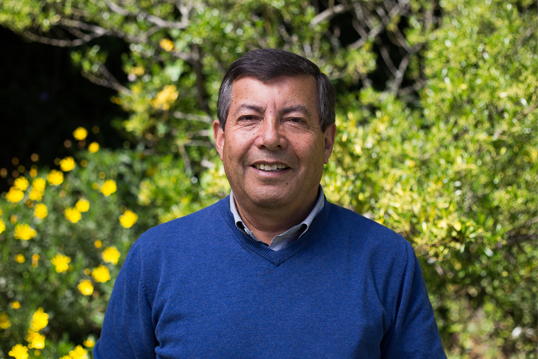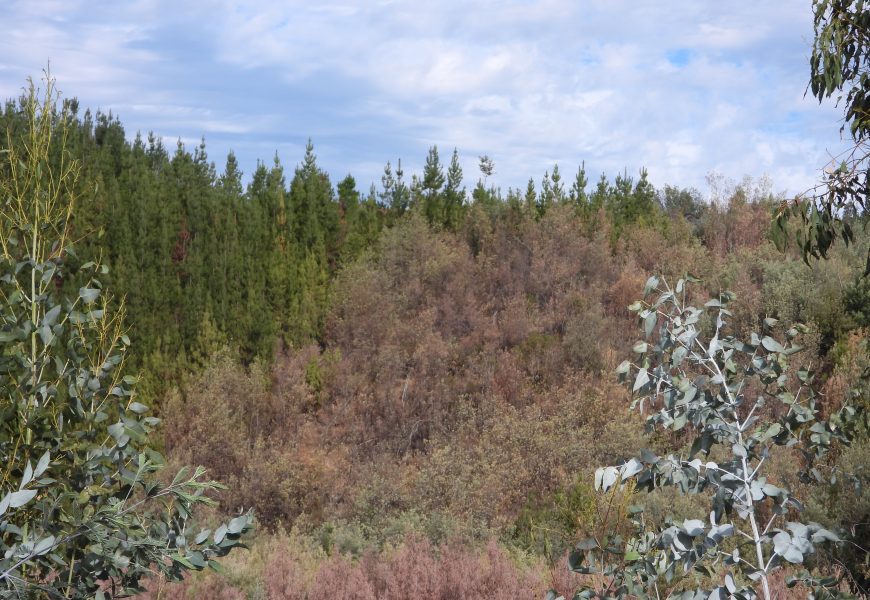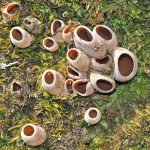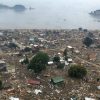By: Soledad Toledo Cabrera, Journalist VRID UdeC/ lucabrer@udec.cl
Images: Courtesy of the Faculty of Forestry Sciences
Leer en español
“I am a bird-watcher, and fortunately, my wife accompanies me when I tour the region,” says Dr. Eduardo Peña Fernández, Vice Dean of the Faculty of Forestry Sciences. Those trips between Maule and La Araucanía have allowed him to observe changes in the forests, signs that he recognizes with concern. It is clear that it rains less. But, for the Mediterranean forest, that should not be a cause for alarm. And yet, there it is, less and less green.
“The Mediterranean forest has a relatively dry environment. Why? Because it tolerates well the 3 or 5 months of the year when it does not rain. It is a forest that can withstand this water stress, thanks to the fact that it develops roots that reach down deep and thus supplies itself with water in the summer,” he explains.
In recent years, rainfall has been at nearly normal rates, so why is the forest still drying up?
“It may rain the same as last year, but that rain is falling in June, July, and August, and the soil cannot infiltrate and retain that water. It runs off, it floods. On the other hand, when it used to rain in April, that precipitation, which paused over time, reached the water tables. So, if groundwater cannot be supplied in the summer, the forest dies.
There is another crucial factor, the temperature. When the temperature is higher, species begin to lose more water through transpiration. For example, in the middle of summer, one hectare of adult forest can transpire 10 tons of water, and now it is reaching 20 tons a day. That’s an impressive amount. There are areas where the browning of the forest or foliage mortality is already being seen.”
The drought also forces us to extract more groundwater. How does this affect the forest?
“I imagine you have heard that there are areas where wells are being made at 60 or 70 meters. The roots of the trees do not reach that depth. The Mediterranean forest is the one that is suffering the most from climate change. It is also affected by the use that is given to water in agriculture or for the smallholdings that have been so popular lately.”
Why could the smallholdings harm the forest?
“Smallholdings look harmless, but they cause three problems. They demand more water, in most cases from wells. With an increase in people and activities, there is a higher risk of fire. In the event of a fire, the priority is to protect the houses, not the forest. And, finally, installing a smallholding involves moving the soil, as they are often located on slopes. To install the house, the hill is cut into, and the earth is thrown into the lowest area, which leads to problems of erosion and flooding in winter. I was inland recently near Rafael. It’s incredible, it’s all full of smallholdings and with a lot of damage to the soil.”

Water paints the landscape
Dr. Peña explains that the diversity of forests in Chile depends on the amount of water available throughout the geography. The Valdivian forests, characterized by almost year-round rainfall and soils that retain water, are dense, featuring tall trees with a thick understory. The diversity of species is also greater, including bay, tepa, canelo, and olivillo, among others. Further south, on the other hand, the younger and shallower soil does not allow water to accumulate, so a few months without rain are enough for the forest to suffer water stress.
And what about the plantations? How are they responding to climate change?
“The native forest is supposed to respond better because, as it is not intervened, it has years of organic soil formation. Falling leaves form a layer of matter that retains rain more effectively. On the other hand, the plantations are being intervened in every 10 or 12 years, in the case of eucalyptus, and it is not possible to recover the organic matter.
Pine plantations take 25 years, and I have to give them credit, because when they are planted where there was no vegetation, everything that they produce while growing, between 15% and 20%, is produced by the roots. When harvested, these roots are transformed into organic matter, and canaliculi are created, allowing for improved infiltration. That is a positive effect in pine plantations, but definitely the best thing if one wants to have water stability, given the current conditions that precipitate a lot in a short time, is to have a native forest with very deep soil.”
How can we protect our forests?
“I think that in the long term, many small dams should be built in this area to accumulate water. We didn’t need them before, but now we have to do it: the best example is to see how the Andalién River has changed.
We must also learn to live with less water. This means regulating the use of drinking water to avoid wasting it on watering gardens or washing cars, and instead creating gray water or recycled water systems for these purposes.
And, without a doubt, we have to assume that there is a temperature increase and the environment is drier; whether the forest is native or a plantation, a fire will still burn it. Even if we put a lot of effort into establishing brigades, if there is a significant lack of fuel continuity, the fire will advance and exceed those capabilities. What needs to be done is fuel management, protecting the cities, and surrounding them with areas cleared of high vegetation. A great effort has to be made there.”
Last modified: 3 de septiembre de 2025






